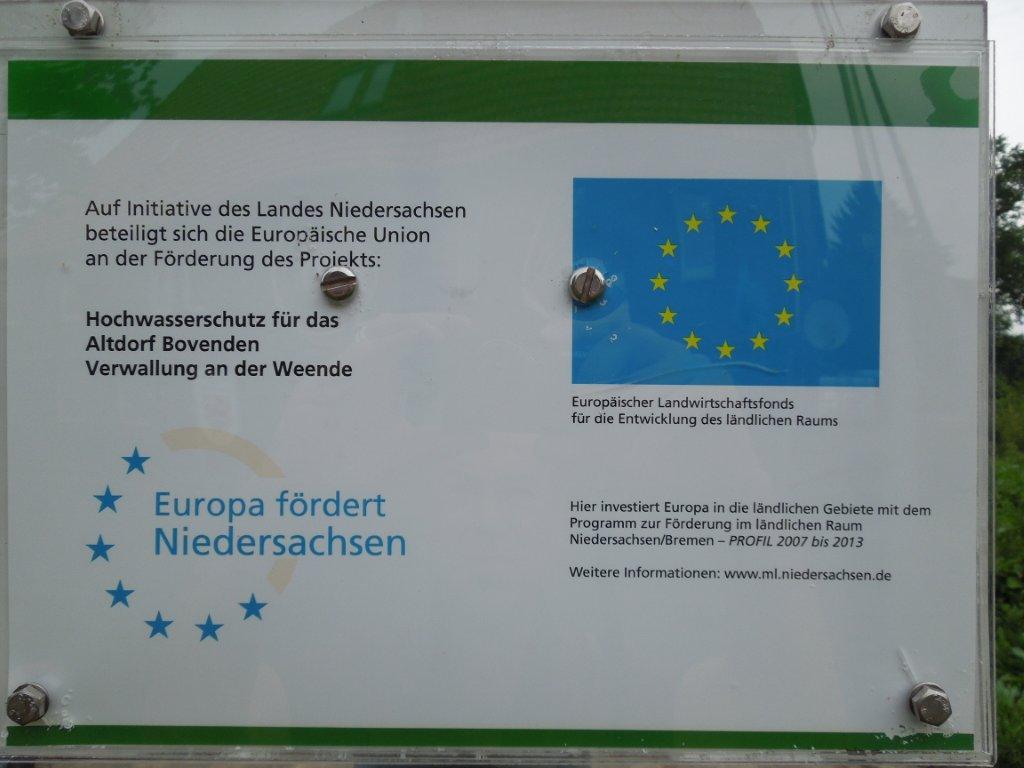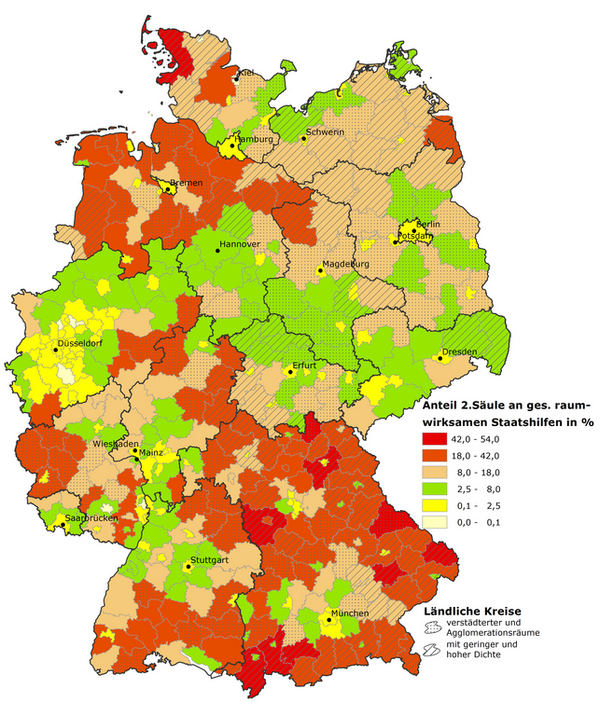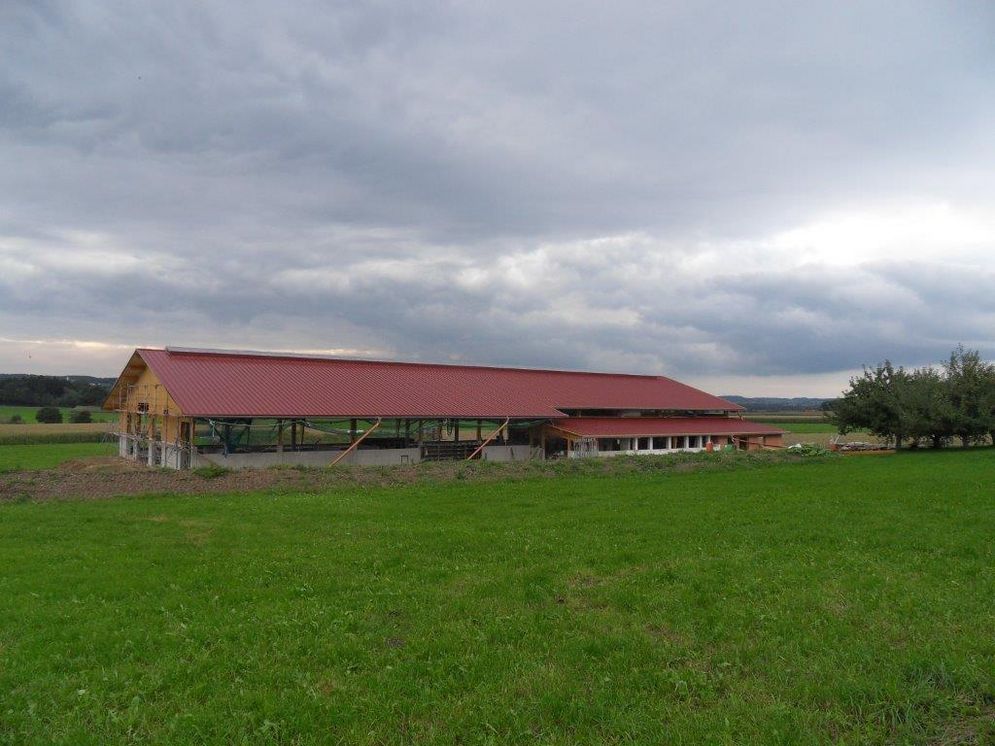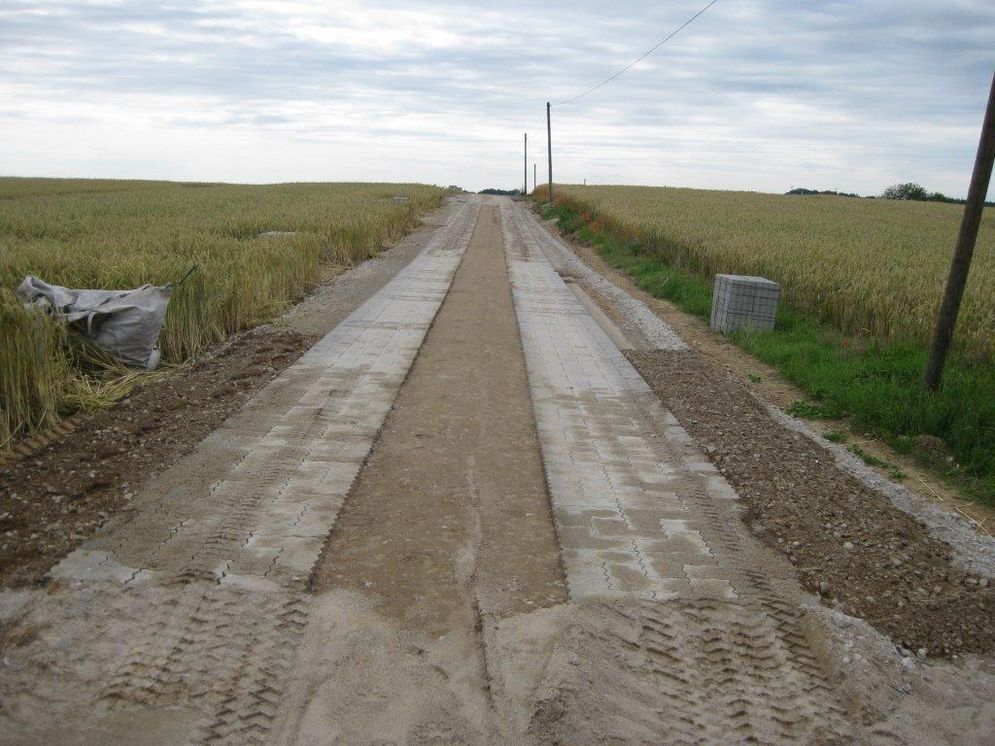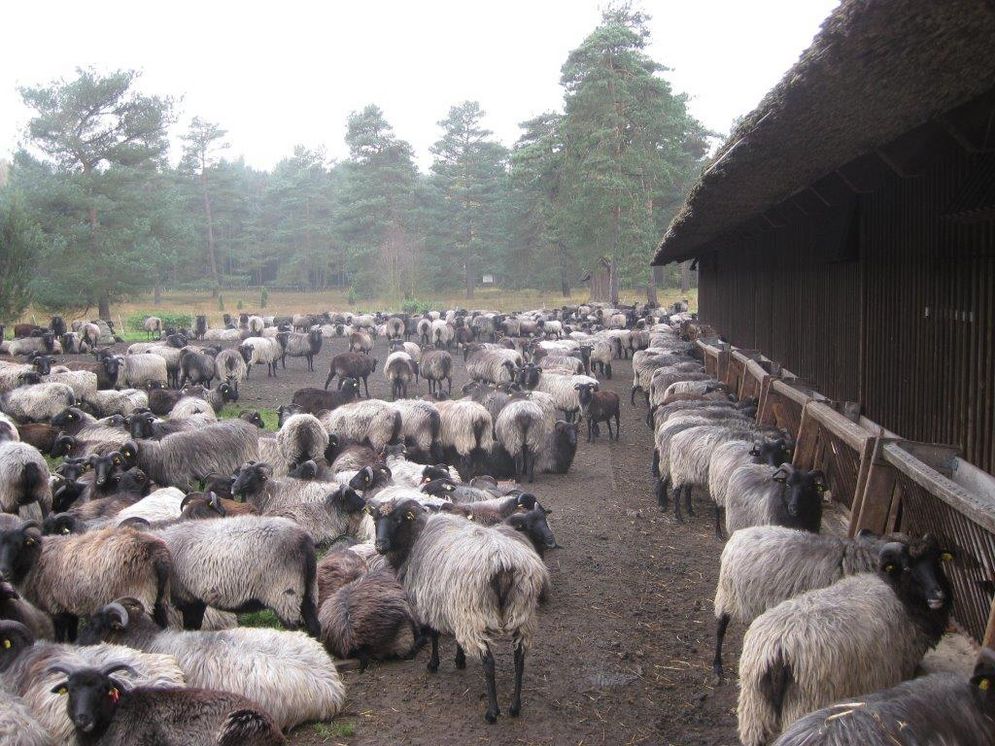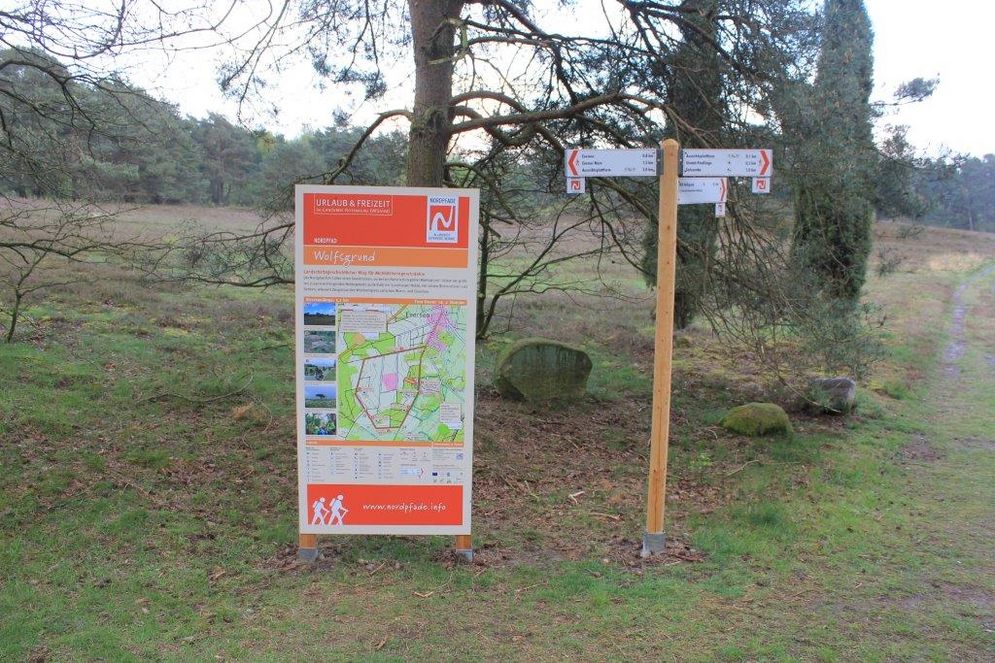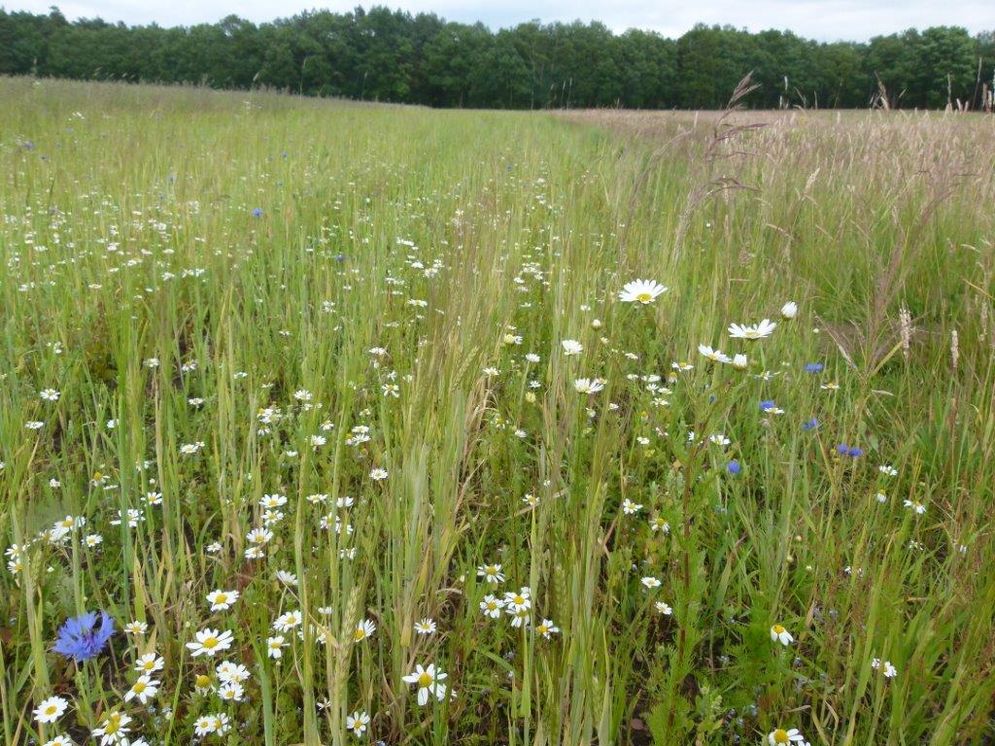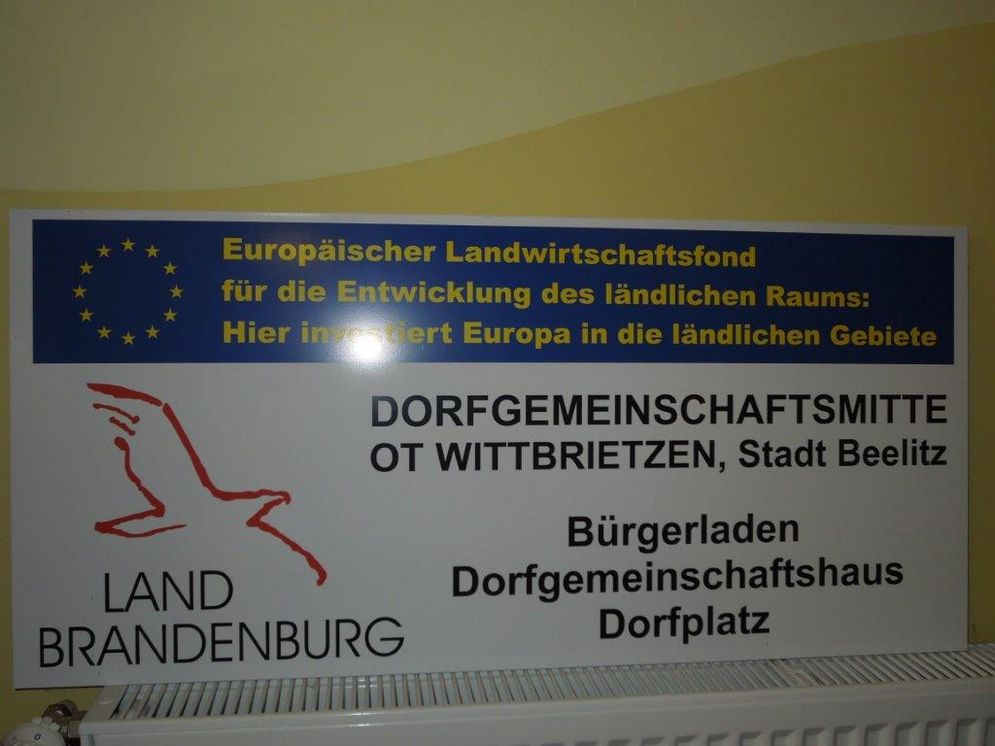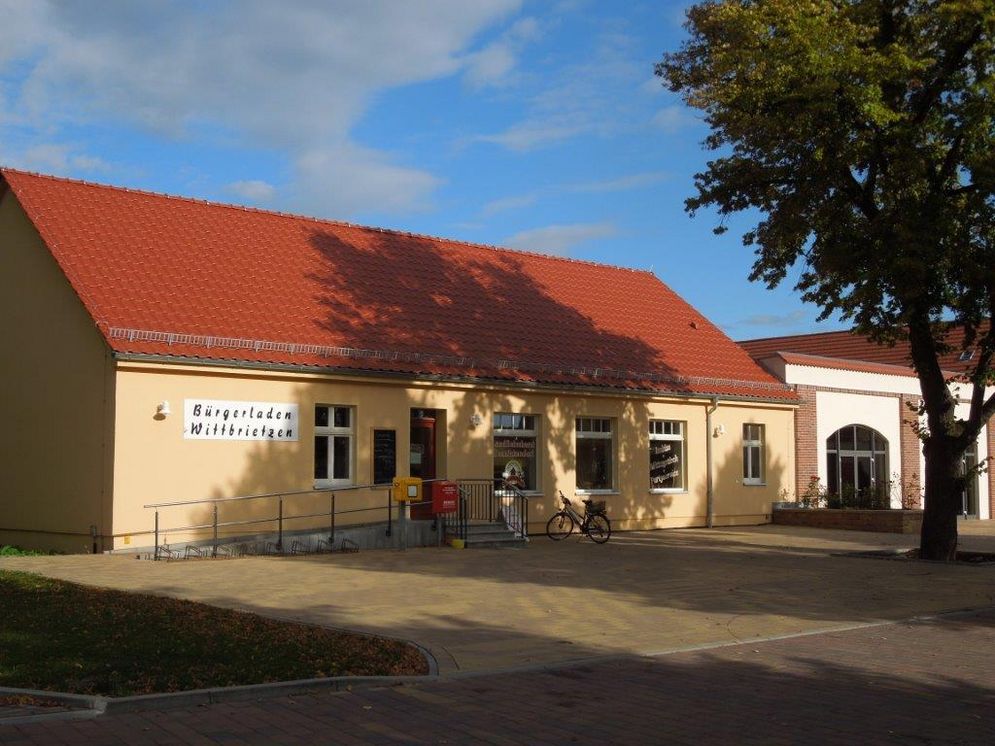The „Policy for the development of rural areas“, as second pillar of the Common Agricultural Policy, has developed over several decades and can be characterized as a hybrid of agricultural, environmental and regional policy. The EU, the German government and the German federal states interact in many ways in setting of objectives, shaping, implementing and financing this policy area. The programmes for the development of rural areas in German federal states were funded from 2007 to 2013 with about 18 billion Euros on the EU and national level. At the national level the joint task of improving the agricultural structures and coastal protection (GAK) play a special role. Currently discussions are being held to change common tasks to a joint task for rural development. Even though we concentrate primarily on policy for rural areas, we do not ignore other policy fields of spatial significance.
Agriculture, infrastructure, environmental measures, turism and local supply: What are the impacts of support measures for the development of rural areas?
Evaluation, Accompanying Research
Since the beginning of the 1990s we have been active in the evaluation of rural development programmes, mostly on behalf of the German federal states. We study ex ante, how certain measures work, and analyse, on-going and ex post, if the support programmes have had the desired impacts. Our evaluations provide solid information on the basis of which policy can be adjusted and the support schemes improved. In addition we develop the methodical tools for further scientifically based evaluations. Reports from concluded and current evaluations are available on the project homepage www.eler-evaluierung.de. Additionally, we conduct accompanying research, for example for the model project „LandZukunft“ of the German Ministry of Food and Agriculture.
(Multi-Level) Governance, Implementation
Institutional questions are a further building block in the working area. Significant influence on the development of rural areas can be assumed by governance. We study how the interaction of the EU, national, state and communities levels impact the second pillar of the CAP; we analyse support schemes which target the mobilization of endogenous potential in the regions and research the administrative costs linked to the rural development measures. How can polices for rural development be efficiently implemented? Which roles do the local level and civic action play? How do organizational decisions impact policy content and the costs of policy implementation? Which interactions occur between the implementation and efficiency of policy? How do evaluation results flow into the process of policy setting and how can the usefulness of evaluation be improved? We use an interdisciplinary approach to policy topics with evaluation related professional associations and groups.
Incidence Analysis
State funding influences the development of rural areas in many different ways. With incidence analyses we expand the view of the rural development policy to other spatially effective support policies like the direct payments of the first pillar of the CAP or German Renewable Energy Act (EEG) Above all we analyse how the public financing streams are distributed spatially and what effect they have on rural areas. The EEG is an example of a policy measure which does not target support of rural areas, but has a side effect with significant spatial impact. This can be seen in a current study by Plankl (2013): in 2011 the feed in tariff for electricity from biomass/biogas, Photovoltaic and wind (on shore) allowed – in a purely mathematical manner – 531 Euros per inhabitant to flow into thinly populated rural counties; in cities, in contrast, only 23 Euros were distributed per inhabitant.

